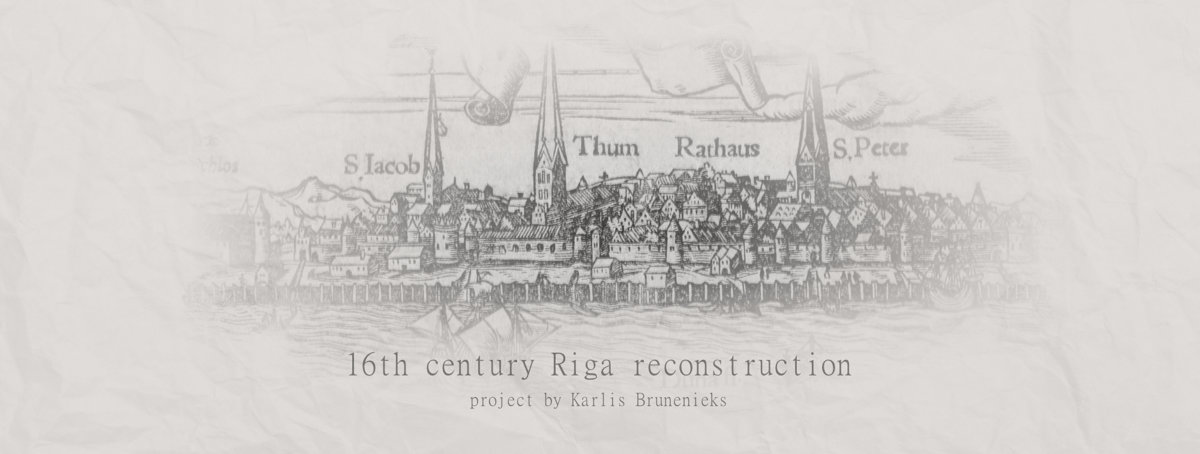Chronology of medieval Riga panorama
January 22, 2019 at 12:14 am,
No comments
In the past few years I have engaged in a fun personal journey of collecting and analyzing various historical materials connected with medieval Riga, both in libraries and the vast ocean of the internet. I will introduce these materials in future articles and below.
The best representation of medieval Riga can be seen from 16.-18. century wood and copper engravings featuring the cities panorama, that has similarly served as symbol for many European medieval cities.
Throughout the medieval period Rigas panoramic dominants had stayed the same - the high church towers, castle and the thick city walls. Due to the fact that Riga suffered from many fires, wars and reconstructions, only a dozen buildings and a small part of the fortifications has remained. The Gothic houses have been slowly replaced by Baroque, Renaissance and modern architecture.
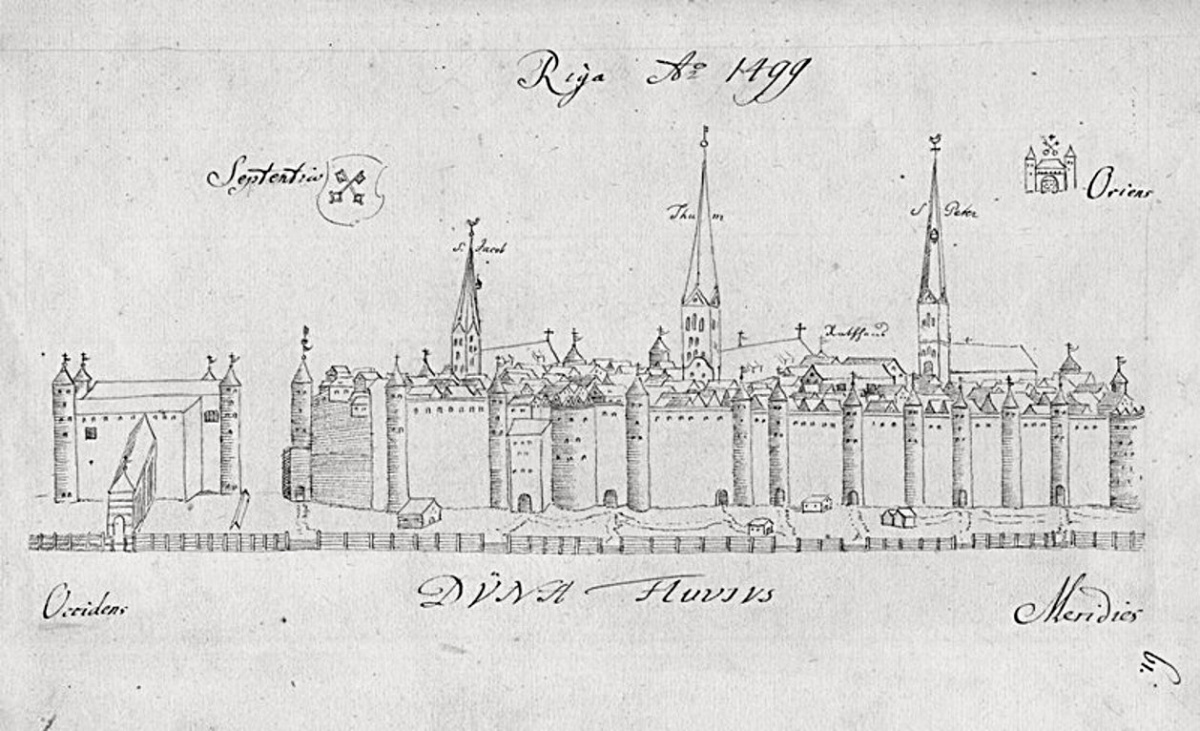 Riga 1499, J.K. Broce after Helms chronicle
Riga 1499, J.K. Broce after Helms chronicle
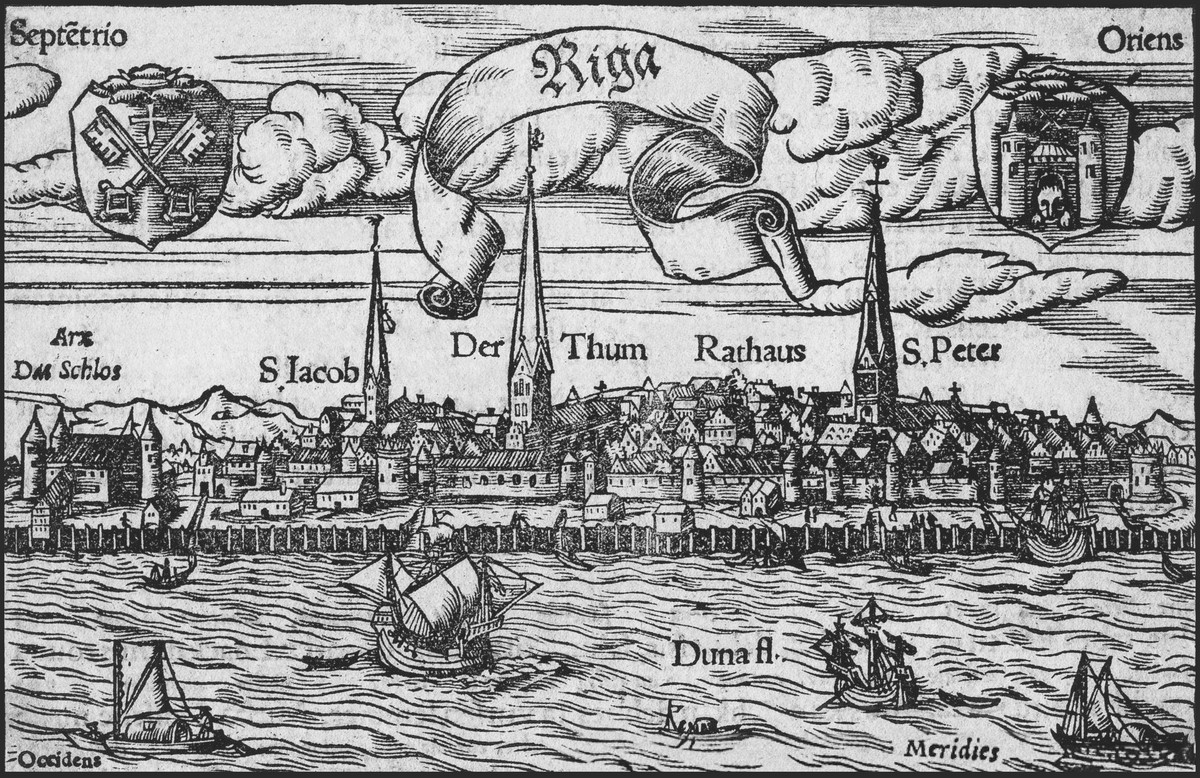
Riga before the fire of 1547., Hansa Hazentētera wood engraving
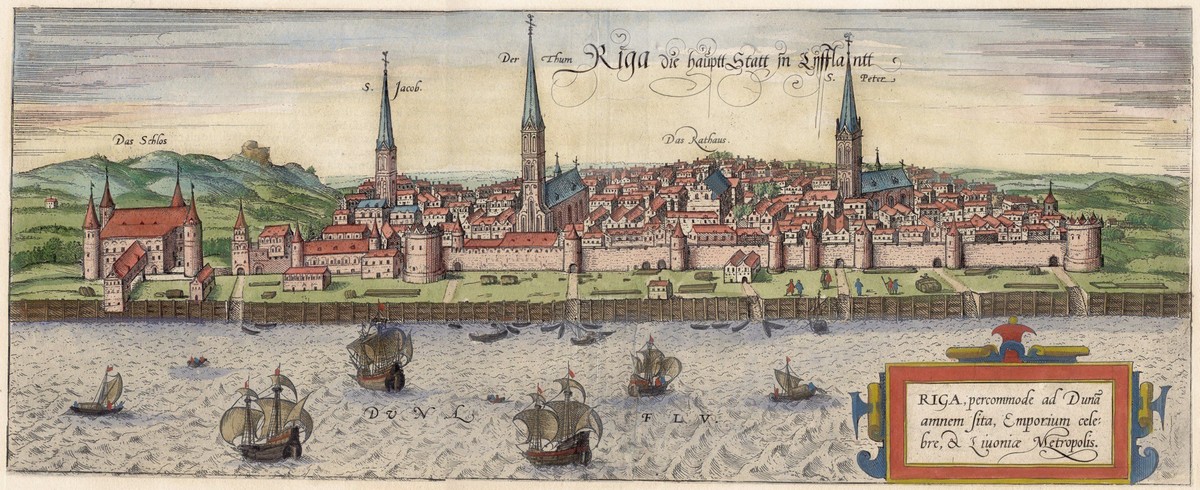
Riga 1572., Franča Hogenberga copper engraving
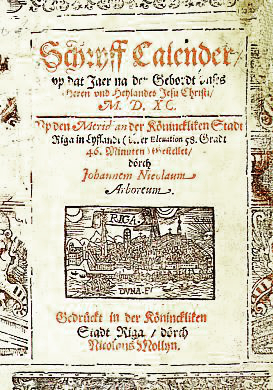
1590. calendar title of Riga
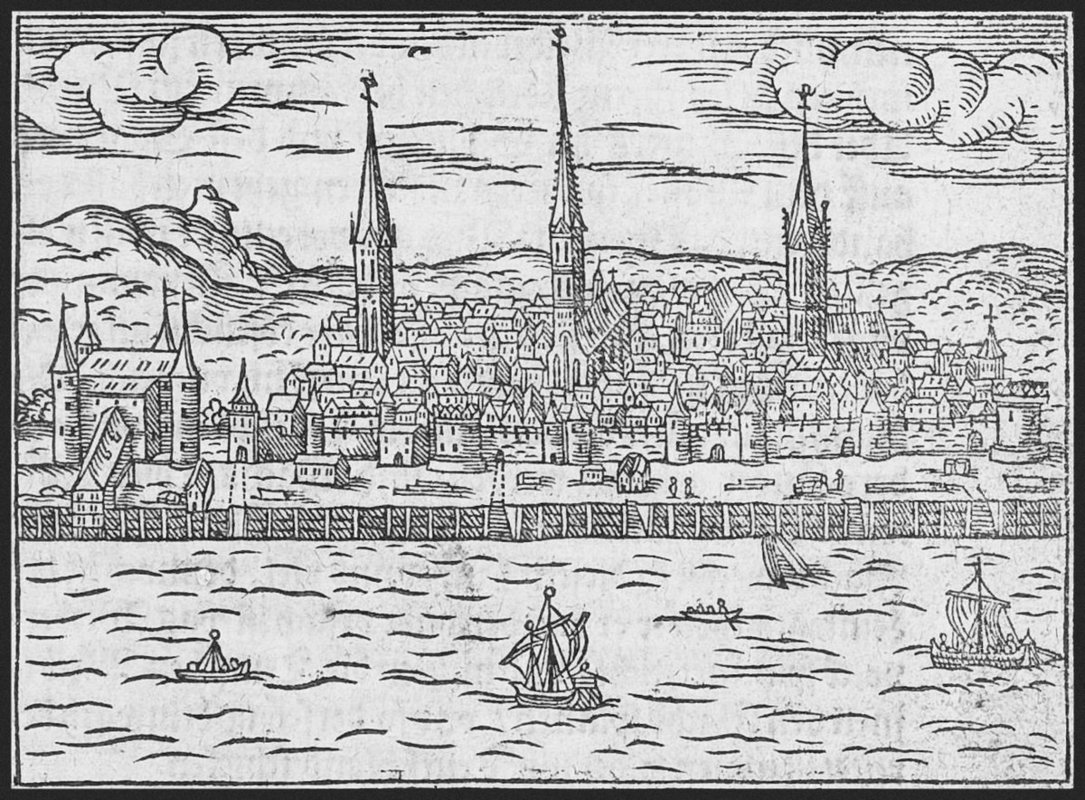
Riga before 1593, Abraham Saur, Theatrum Urbium

Riga 1603, Giacomo Lauro
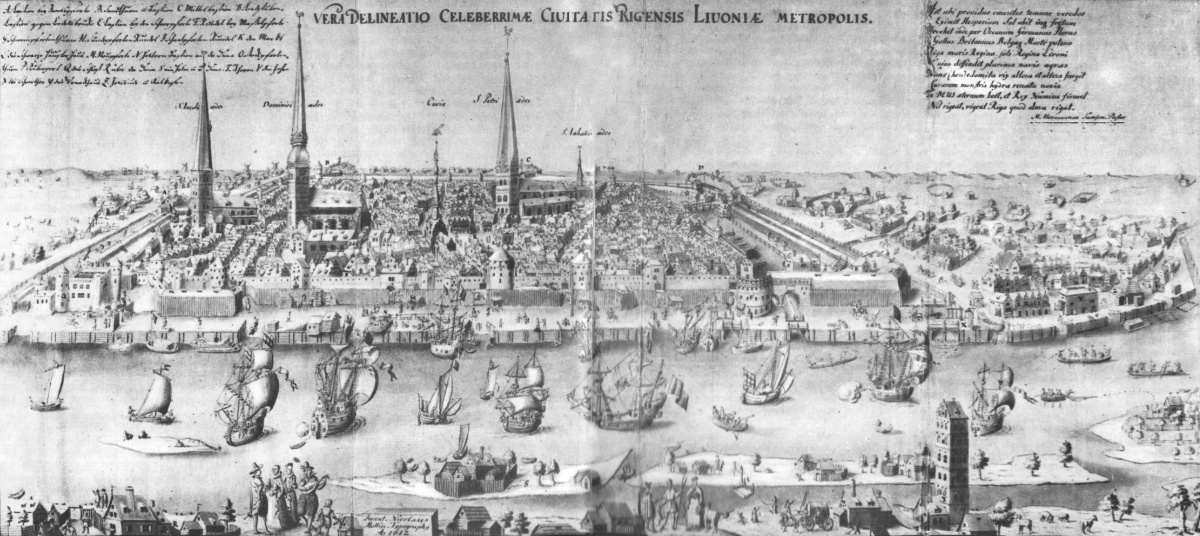
Riga 1612, Heinrihs Tūms,

Riga 1612, Heinrihs Tūms, Jāzepa Delvera 1963. copy. copper engraving
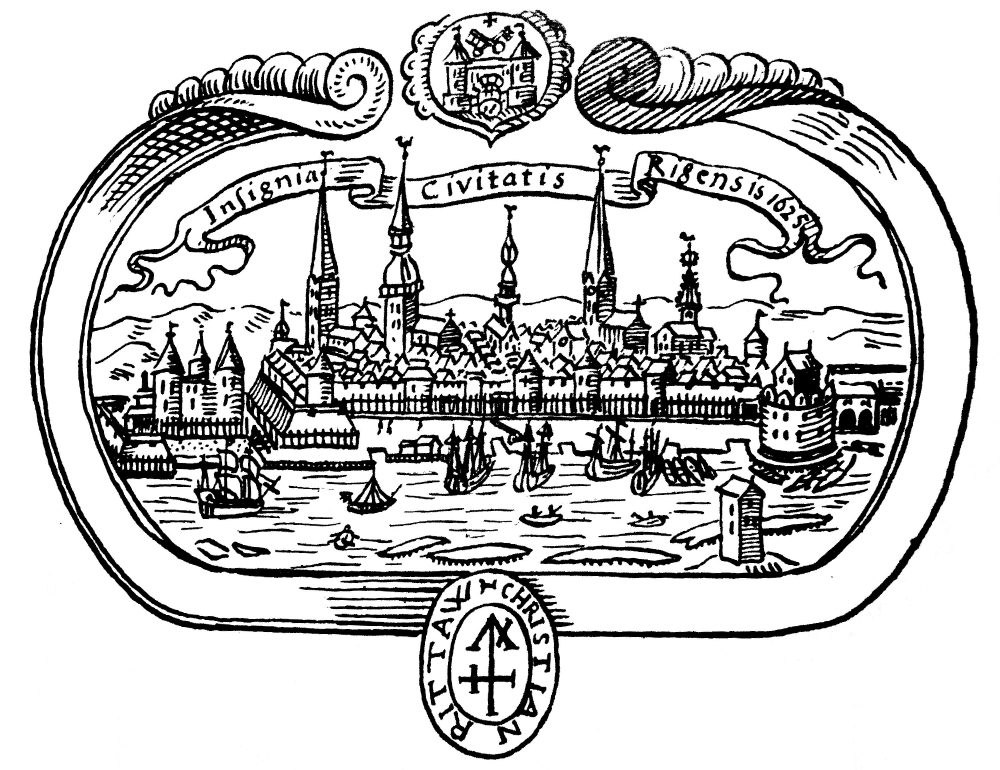
Riga 1625, H. Samson sermon title page, copy by J.K. Broce
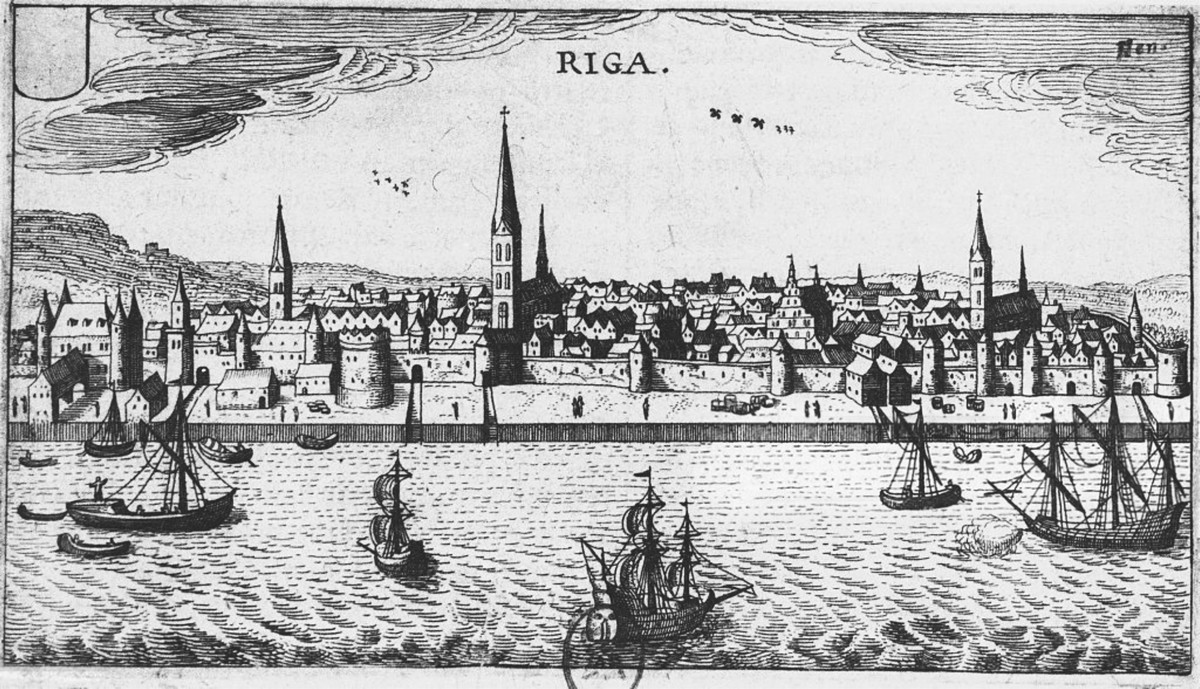
Riga 1632. , J.L. Gothfred, copper engraving

Riga 1632. , copper engraving
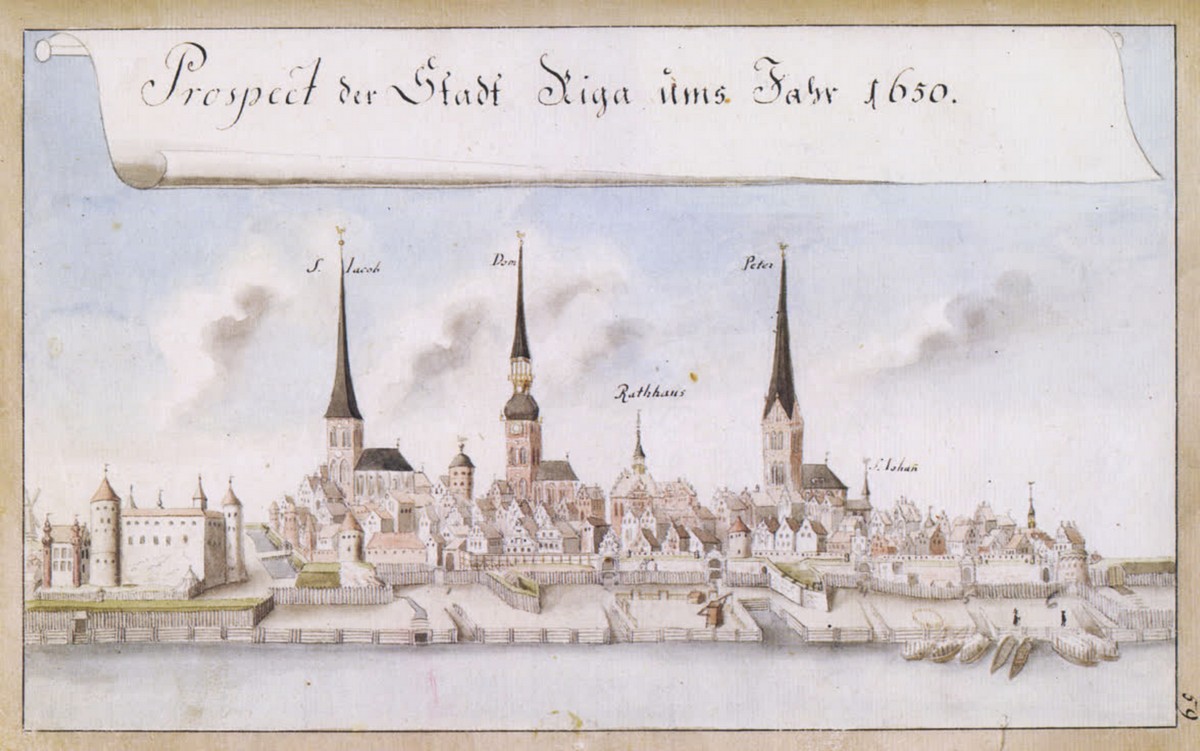
Riga 1650., Johan Kristof Broce

Riga 1690.-1720., Aveline P.
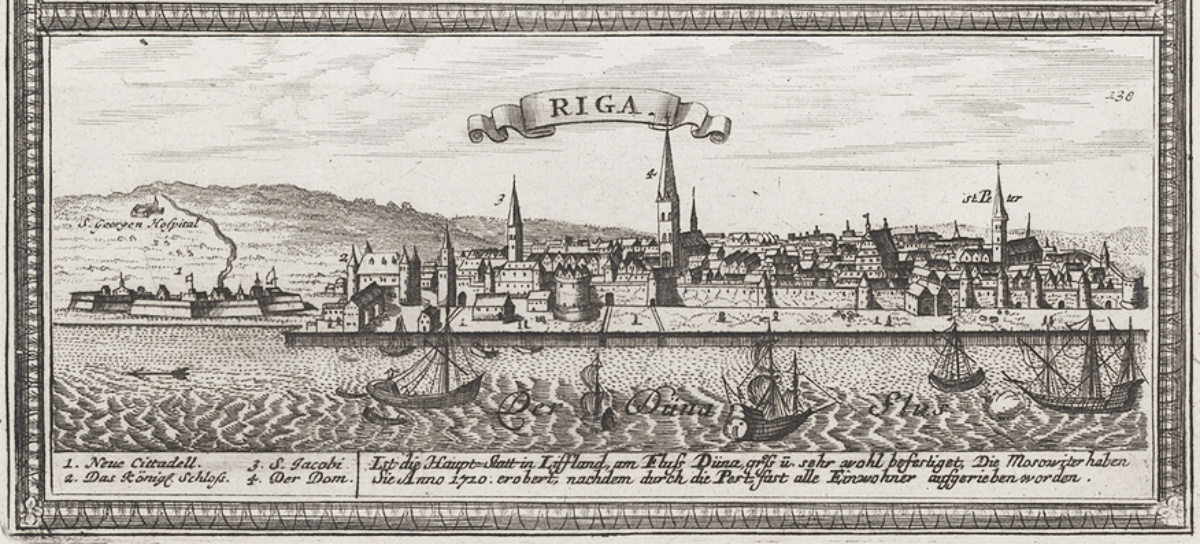
Riga panorama 1710.

Capitulation of Riga, 1710.
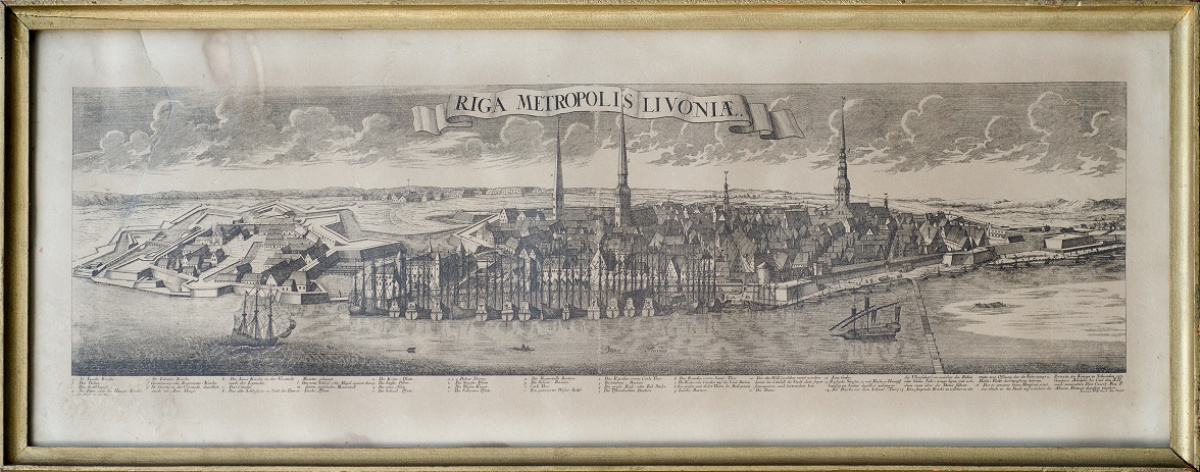
Riga around 1720., Jeremy Volfs, published by August Vindel, copper engraving

Riga 17th century, author unknown
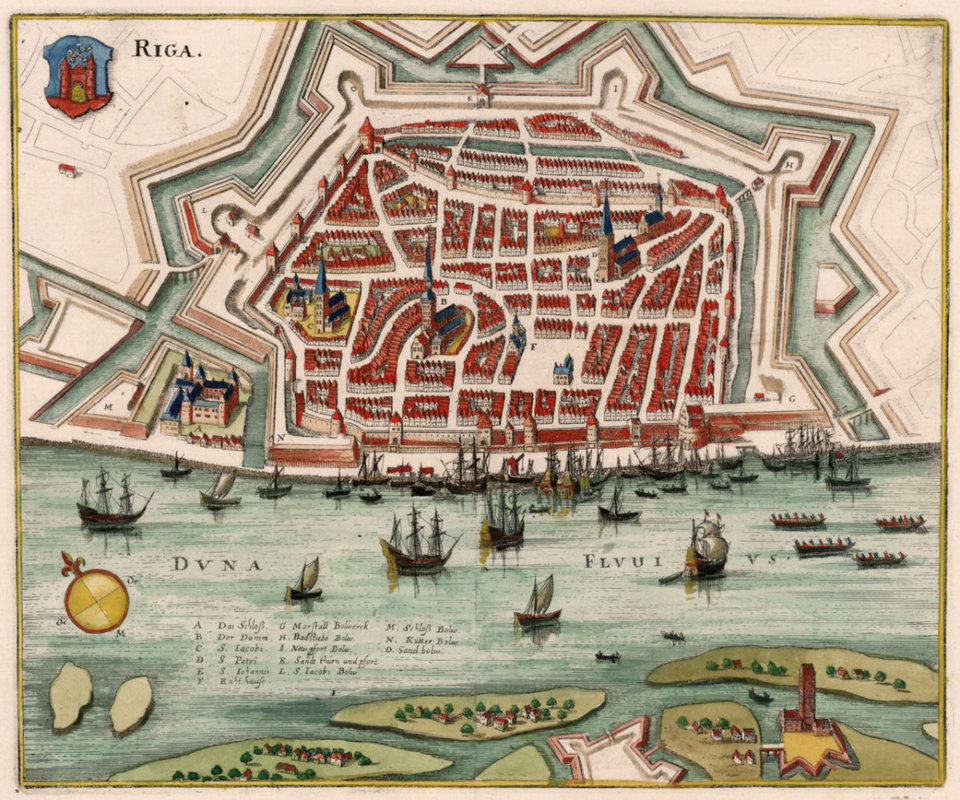
Riga middle of 17th century, Matthäus Merian
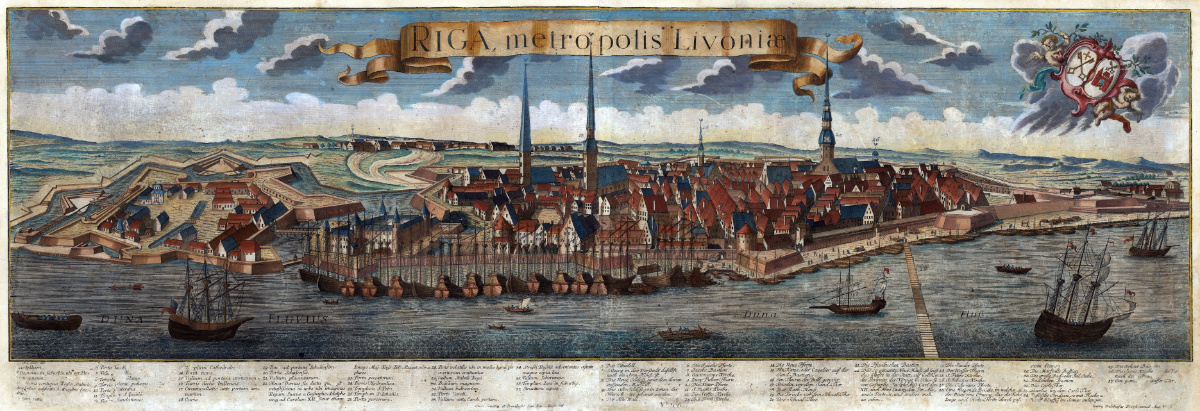
Riga, 18th century beginning, Friedrich Bernhard Werner
